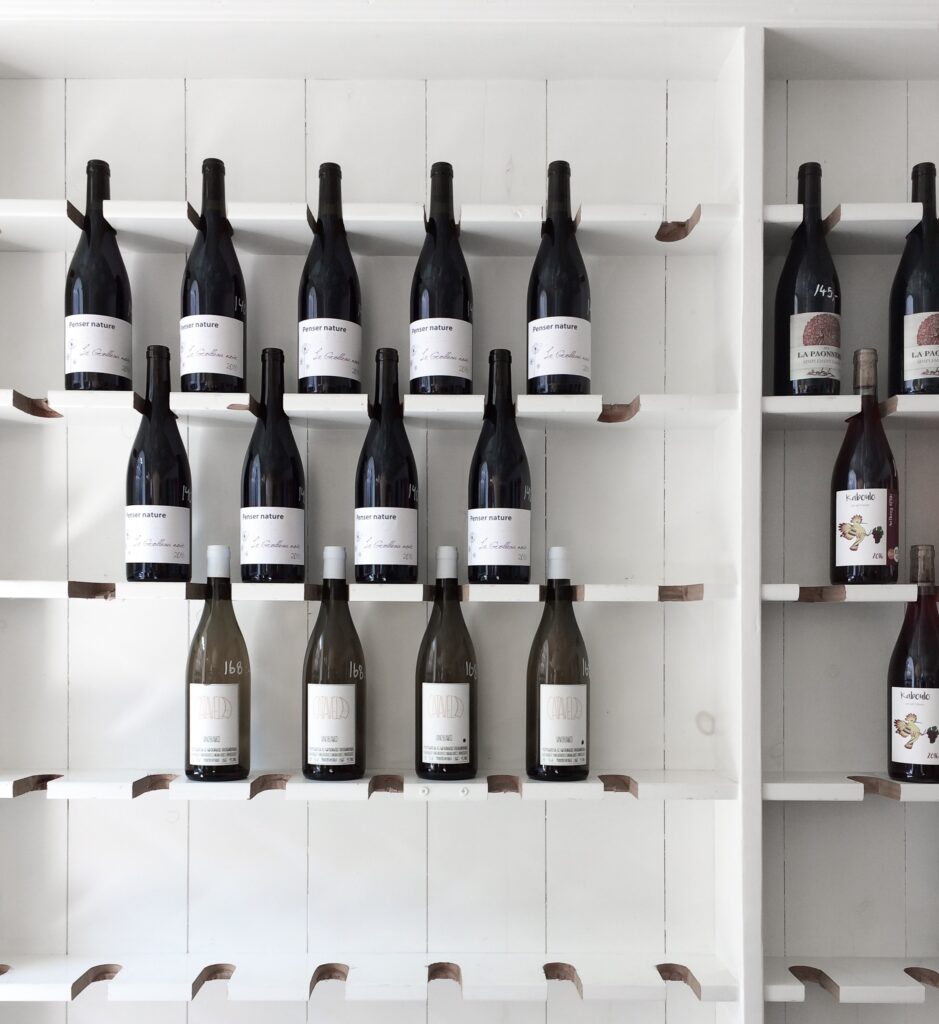Have you ever wondered if upgrading to a larger wine fridge would result in higher electricity bills? In this article, we explore the connection between the size of a wine fridge and its energy consumption. By examining the factors that influence energy usage, we will uncover whether a larger wine fridge truly uses more electricity. So, before you make any decisions about expanding your wine collection, let’s find out if size really matters when it comes to energy efficiency in wine fridges.
Understanding Wine Fridge Size and Energy Consumption
When it comes to wine fridges, size does matter – not only in terms of capacity but also in relation to energy consumption. You might be wondering how the size of a wine fridge affects its energy use. In this article, we will explore the relationship between fridge size and energy consumption, and delve into the various factors that influence the energy efficiency of wine fridges.
Relation between fridge size and energy use
The size of a wine fridge directly impacts its energy consumption. Simply put, larger wine fridges tend to use more electricity than smaller ones. This correlation can be attributed to several key factors, including the volume and surface area of the fridge, as well as any discrepancies in energy efficiency due to size.

How Fridge Size Impacts Energy Use
Volume and surface area of larger fridges
One of the primary reasons why larger wine fridges consume more energy is their greater volume and surface area. With more space to cool or heat, these fridges require a larger amount of energy to maintain the desired temperature. The compressor and other components need to work harder and run for longer periods to achieve the desired cooling or heating effect.
Energy efficiency discrepancies due to size
While it is true that larger wine fridges generally use more energy, it is important to note that energy efficiency can vary across different sizes and models. Some larger fridges may be better insulated or equipped with more efficient components, resulting in lower energy consumption compared to smaller fridges. Therefore, it is crucial to consider other factors such as insulation and energy efficiency ratings when evaluating the energy consumption of a wine fridge.
The Role of Insulation in Larger Wine Fridges
How insulation influences energy use
Insulation plays a crucial role in reducing energy consumption in wine fridges, especially in larger models. Effective insulation helps to minimize heat transfer, which means the fridge requires less energy to maintain the desired temperature. Inadequate insulation can result in higher energy consumption as the fridge struggles to retain the cool air, leading to more frequent cooling cycles.
The difference in insulation between smaller and larger wine fridges
In most cases, larger wine fridges tend to have better insulation compared to their smaller counterparts. This is primarily due to the fact that manufacturers prioritize insulation in larger models to compensate for the increased volume and surface area. Greater insulation not only helps to maintain a stable temperature but also contributes to overall energy efficiency, thus reducing the long-term energy consumption of the fridge.

Energy Efficiency Ratings and Their Implication on Energy Use
Understanding energy efficiency ratings
Energy efficiency ratings serve as a useful tool to evaluate the energy consumption of various appliances, including wine fridges. These ratings are typically standardized and provide consumers with an indication of how energy-efficient a particular appliance is. When it comes to wine fridges, higher energy efficiency ratings imply lower energy consumption, regardless of the fridge’s size.
Variation of ratings in different wine fridge sizes
Although energy efficiency ratings are designed to compare appliances of the same category, there can still be variations within different sizes of wine fridges. It is essential to note that size alone does not determine the energy efficiency of a wine fridge. Factors such as insulation, compressor type, and overall design also contribute to variations in energy efficiency ratings. Therefore, it is crucial to consider these factors alongside the size of the fridge when making a purchase decision.
Impact of Wine Fridge Features on Energy Use
Impact of temperature controls on energy use
Temperature controls are an integral part of any wine fridge, and they can significantly affect energy consumption. Modern wine fridges often come equipped with advanced temperature control systems, allowing users to set precise temperatures for different zones within the fridge. Utilizing these features effectively can help minimize energy wastage and optimize energy efficiency.
Role of interior lighting in energy consumption
Interior lighting may seem like a minor component, but it can contribute to overall energy consumption in a wine fridge. While larger wine fridges may have more lighting fixtures to adequately illuminate the entire space, it is important to use energy-efficient LED lights to minimize power usage. Additionally, it is recommended to turn off the interior lights when not in use, further reducing unnecessary energy consumption.

Balancing Fridge Size with Energy Consumption: A Practical Guide
Choosing the right wine fridge size
Selecting the appropriate size of a wine fridge is crucial in order to optimize energy consumption. Before making a purchase, consider the number of bottles you intend to store and any potential future growth in your wine collection. It’s important to strike a balance between the capacity you need and the energy efficiency of the fridge. By choosing a size that meets your requirements without unnecessary excess, you can minimize energy consumption while ensuring ample storage space for your wines.
Maximizing energy efficiency in larger wine fridges
If you opt for a larger wine fridge, there are several steps you can take to maximize its energy efficiency. Firstly, ensure that the fridge is well-insulated and properly sealed to prevent unnecessary heat transfer. Regularly clean the condenser coils to maintain their efficiency and prevent dust buildup. Additionally, organize the bottles strategically to promote proper air circulation and avoid obstructing the cooling vents. By taking these measures, you can help minimize energy consumption and optimize the performance of your larger wine fridge.
The Cost Implication of a Larger Wine Fridge
Operational cost comparisons between small and large fridges
While it is true that larger wine fridges generally consume more energy, the impact on your electricity bill may not be as substantial as you would expect. The operational cost of a larger fridge depends on various factors, such as insulation, energy efficiency, usage patterns, and electricity rates. To accurately compare the operational costs between small and large fridges, it is essential to consider these variables and calculate the estimated electricity consumption based on the specific models being compared.
Analysis of electricity bill of larger wine fridges
To gain a better understanding of the electricity consumption of a larger wine fridge, it is helpful to analyze your monthly or quarterly electricity bill. Look for the specific energy consumption of the appliance and compare it with your overall energy consumption to assess its contribution. By doing so, you can determine whether the energy usage of your larger wine fridge is within an acceptable range and make informed decisions about managing your energy consumption.
Myths and Misconceptions about Wine Fridge Energy Consumption
Debunking the ‘larger fridges use more energy’ myth
Contrary to popular belief, the notion that larger wine fridges always use more energy is not entirely accurate. While it is true that larger fridges have the potential to consume more energy due to their increased volume and surface area, this correlation is not absolute. Energy efficiency, insulation quality, and other factors can influence the energy consumption of a wine fridge to a greater extent than its size alone.
Understanding the ‘energy saver mode’ misconception
Many modern wine fridges come with an ‘energy saver mode,’ which is often misunderstood as a feature that significantly reduces energy consumption. In reality, energy saver mode typically only adjusts certain functions of the fridge, such as the frequency of cooling cycles or the operation of interior lighting. While it can contribute to energy savings, it is important to note that the impact may be marginal compared to other factors such as insulation and overall design.
In conclusion, the size of a wine fridge does indeed impact its energy consumption. Larger fridges generally require more energy due to their increased volume and surface area, but other factors such as insulation, energy efficiency ratings, and specific features also play a significant role. By understanding the relationship between size and energy use, considering the influence of insulation, maximizing energy efficiency, and debunking common misconceptions, you can make an informed decision when it comes to selecting and optimizing the energy consumption of your wine fridge. Happy wine storage and energy efficiency!
